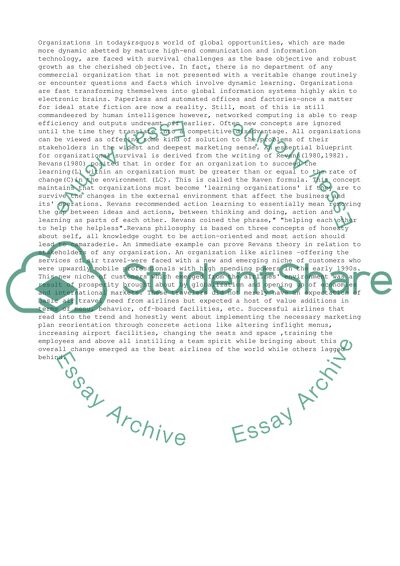Cite this document
(Organizational Learning and Environmental Change Literature review, n.d.)
Organizational Learning and Environmental Change Literature review. Retrieved from https://studentshare.org/management/1515498-organizational-learning-and-environmental-change
Organizational Learning and Environmental Change Literature review. Retrieved from https://studentshare.org/management/1515498-organizational-learning-and-environmental-change
(Organizational Learning and Environmental Change Literature Review)
Organizational Learning and Environmental Change Literature Review. https://studentshare.org/management/1515498-organizational-learning-and-environmental-change.
Organizational Learning and Environmental Change Literature Review. https://studentshare.org/management/1515498-organizational-learning-and-environmental-change.
“Organizational Learning and Environmental Change Literature Review”, n.d. https://studentshare.org/management/1515498-organizational-learning-and-environmental-change.


